If you receive a notice of deficiency from the Internal Revenue Service, you have 90 days from the date of the notice to file a petition with the Tax Court, contesting the proposed deficiency. If you fail to do so, then the IRS can assess the additional tax deficiency and proceed to collect against you. Due to the 90-day time limitation to file a Tax Court petition, the statutory notice of deficiency is commonly known as a “90-day letter.”
A case decided yesterday by the Tax Court demonstrates that it is absolutely crucial to not let the 90-day limitation run if you wish to take your case to the Tax Court.
In Sanders v. Commissioner, T.C. Summary Opinion 2014-47, filed May 12, 2014, on February 5, 2013, the taxpayer received a notice of deficiency dated February 2, 2013. Based on the date of the notice of deficiency (i.e., February 2, 2013), the taxpayer had 90 days or until May 3, 2013, to file a Tax Court petition.
On Thursday, May 2, 2013, the taxpayer had his Tax Court petition sent to the Tax Court by United Parcel Service (UPS) using its UPS Ground service. The taxpayer’s petition arrived at the Tax Court on Monday, May 6, 2013.
The Internal Revenue Service filed a motion requesting that the taxpayer’s petition be dismissed as filed too late.
Was it too late? After all, the taxpayer sent the petition on May 2, prior to the deadline, but it was delivered on Monday, May 6, rather than on Friday, May 3, the deadline.
The Tax Court acknowledged that although the result might seem harsh, the petition had not been timely filed. In other words, had the UPS package arrived on Friday, May 3, instead of Monday, May 6, the petition would have been timely. The fact that the UPS package had been sent before the deadline was not relevant.
What could the taxpayer have done to have avoided this result?
The Taxpayer could have mailed his petition through the U.S. post office, rather than a private delivery service such as UPS. If the taxpayer had simply mailed his petition at a U.S. post office by the deadline of Friday, May 3, the petition would have been timely. Under Section 7502(a) of the Internal Revenue Code, a timely mailed petition may be treated as though it were timely filed. Thus, if a petition is received by the Tax Court after the expiration of the 90-day period, it is nevertheless deemed to be timely filed if the date of the U.S. Postal Service postmark stamped on the envelope in which the petition was mailed is within the time prescribed for filing.
If a taxpayer wishes to rely on the “timely mailing as timely filing” doctrine, it is advisable to always use certified or registered mail to have proof of timely mailing. Thus, had the taxpayer sent the petition via certified U.S. mail on Friday, May 3, rather than via UPS Ground on Thursday, May 2, the taxpayer’s petition would have been timely.
Additionally, there are several private delivery services that the Internal Revenue Service has recognized as essentially equivalent to as the U.S. Post Office for purposes of the “timely mailing as timely filing” doctrine. These include the following: (1) DHL Same Day Service; (2) FedEx Priority Overnight, FedEx Standard Overnight, FedEx 2Day, FedEx International Priority, and FedEx International First; and (3) UPS Next Day Air, UPS Next Day Air Saver, UPS 2nd Day Air, UPS 2nd Day Air A.M., UPS Worldwide Express Plus, and UPS Worldwide Express.
Although United Parcel Service does have certain services that meet the “timely mailing as timely filing doctrine,” UPS Ground is not one of those services. Thus, if the Taxpayer had sent his petition on May 2 (or even May 3) via UPS 2nd Day Air rather than via UPS Ground, the petition would have been timely.
The Tax Court noted that the timely filing of a petition is a jurisdictional requirement for the Tax Court, and that the Tax Court cannot rely on general equitable principles to expand the statutorily prescribed time for filing a petition.
The moral of this story is simple: if you are filing a Tax Court petition, make sure that you meet the 90-day limitation by timely mailing your petition by U.S. mail or one of the specifically permitted private delivery services. If in doubt, don’t get creative. Just use the U.S. Post Office and mail your petition by certified mail so that you will have proof of timely mailing.
